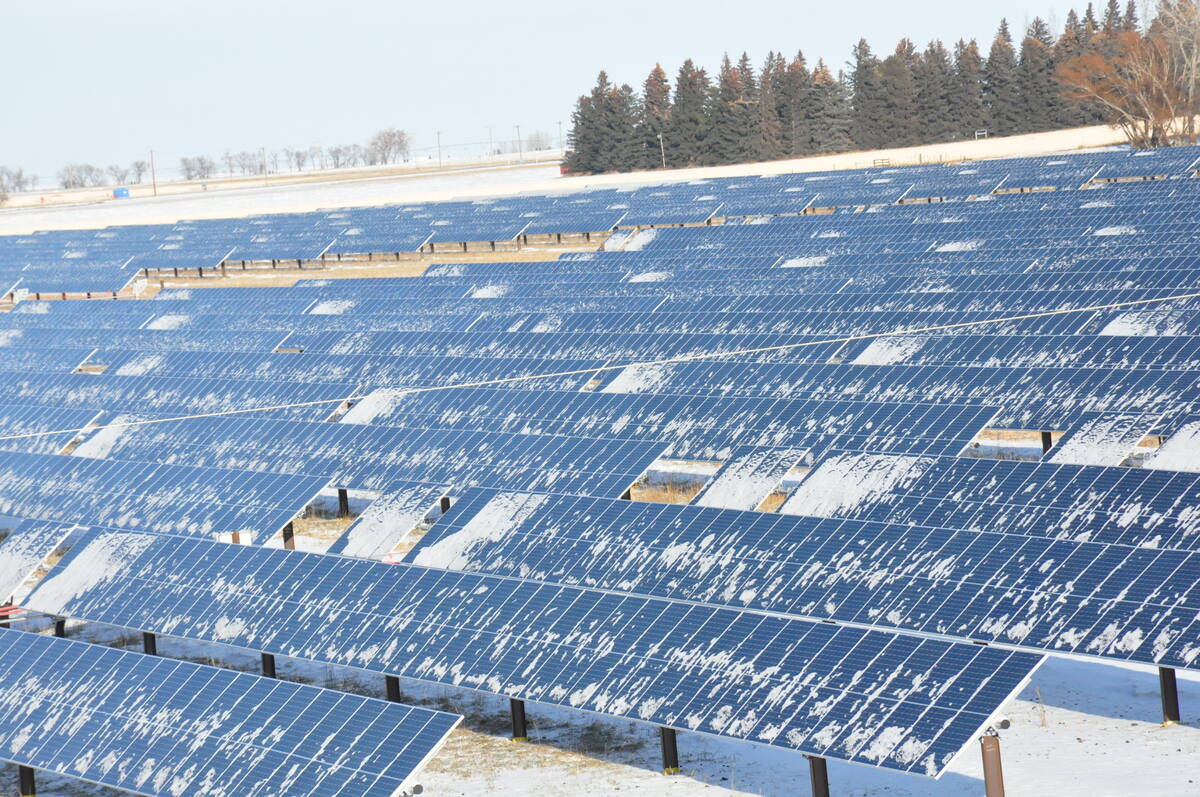One of the downsides of spring, aside from its slowness to arrive, is the wind.
Invariably before crops get established, we get a series of major wind events that cause soil to move, shearing off the newly emerging plants, and filling ditches with dirt, the air with fine particles and our teeth with grit.
These events are far less damaging than they used to be because farmers are doing a better job, especially on the Prairies, at keeping their soils anchored, either with the previous year’s stubble or cover crops.
Read Also

Why agriculture is Canada’s energy ace
Why isn’t agriculture getting more play in Canada’s quest for efficient, renewable energy production? It should be
However, a new report released last week by the Soil Conservation Council of Canada and the Compost Council of Canada underscores the emerging reality that good soil management is about much more than keeping it intact as a growth medium.
The report “Recruiting Soil to Tackle Climate Change: A Roadmap for Canada,” is the latest effort to quantify the role that soil-carbon sequestration can play and spells out an action plan to fully leverage that opportunity.
“The policies, programs, and practices in this document can be adopted by decision makers at all levels. This includes everyone from the home gardener through the farm level — and up to senior government. By so doing, they will enlist this incredible resource into service,” said Jim Tokarchuk, executive director, Soil Conservation Council of Canada (SCCC) in a release.
The report treats soil as a living entity and reflects a new understanding of soil health dynamics.
“Carbon sequestration can occur more rapidly than previously thought,” the report says. “The old view, that the rate (of carbon sequestration) is controlled primarily by the nature of the organic input, mediated by environmental conditions, has given way to the idea that sequestration is controlled by soil organisms,” the report says.
“In this new thinking, ensuring a good flow of carbon into the system remains important, but enhancing soil health by increasing soil life (e.g. bacteria, fungi, protozoa, etc.) is an equally important factor in capturing and holding carbon in the soil.”
It says soil-carbon sequestration could more than offset agriculture’s contributions of 73 Mt of GHGs annually into the atmosphere.
As well, there is evidence that individual farmers are already showing they can increase their rate of carbon capture by using practices such as keeping live roots in the ground for as much of the year as possible; minimizing soil disturbance; optimizing use of inputs; promoting diversity; and ensuring that the soil is always covered. Five such farmers profiled in the report showed soil-carbon rates have increased from 1.5 to 2.7 tonnes per hectare per year.
“All five also report maintained or increased productivity, as well as enhanced profitability,” the report said. That’s encouraging in light of the latest Intergovernmental Panel on Climate Change report — all 10,000 pages of it — outlining just how badly we’re doing at staving off catastrophic rises in global temperatures.
So, the science supporting significant potential for mitigating greenhouse gas emissions — at least in agriculture — is there. Practical applications have been tested. Tangible benefits exist individually as well as globally.
Why then aren’t farmers rushing to implement them? The reasons are many, but one of the biggest obstacles identified in the Soil Conservation Canada/Compost Council of Canada report is how much of a farmer’s identity is tied up in being a ‘producer’ of food.
That identity is strongly reinforced by family, friends and rural culture. Farmers who invest in more biodiversity are sometimes called out by their own families for their “messy” fields.
Markets pay farmers on the basis of how much they produce. There is an industry built up around helping farmers nurture and protect their yields.
This report says the ‘producer’ identity narrows the innovation focus to yield enhancements rather than broader goals such as environmental improvement, higher soil organic carbon levels, or even improved profitability.
Increasingly, soil-health proponents are calling for a new way of describing what farmers do, moving away from talking about it as a production process to describing it as an ecological process.
In other words, the language we choose, shapes the conversations we have.
Some winds of change are gritty. This is one the report’s authors warn could be the most important, yet most difficult to achieve.















